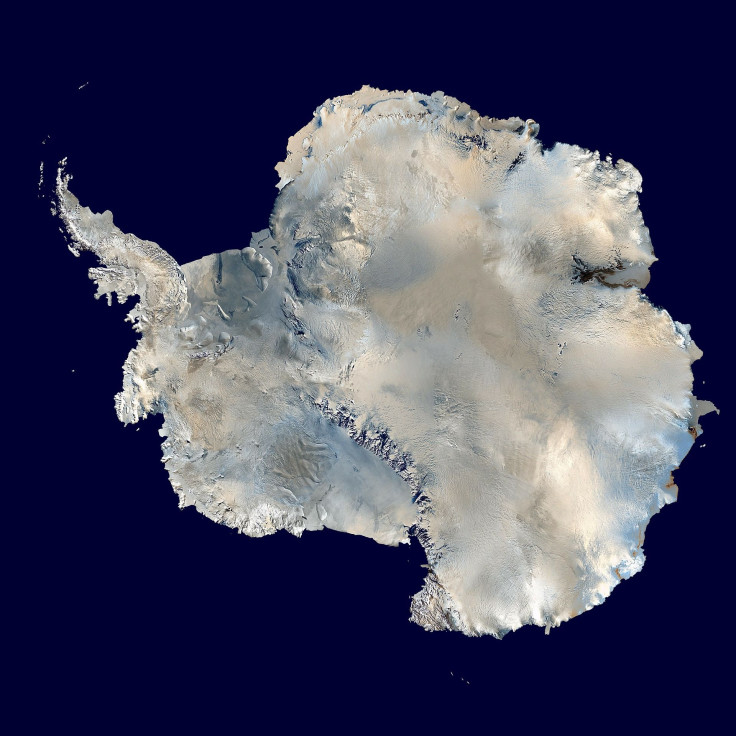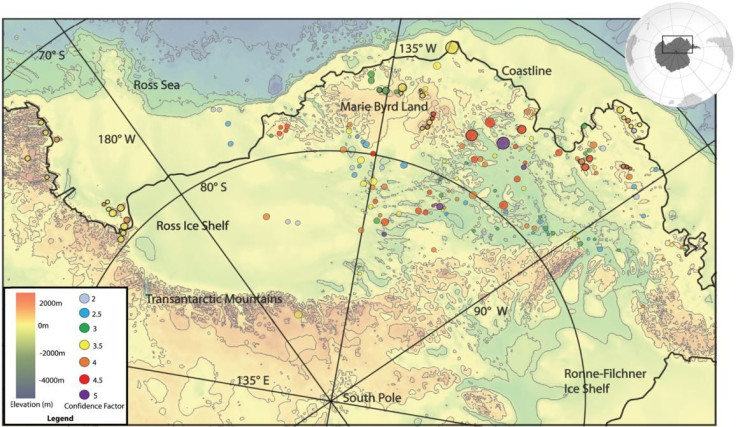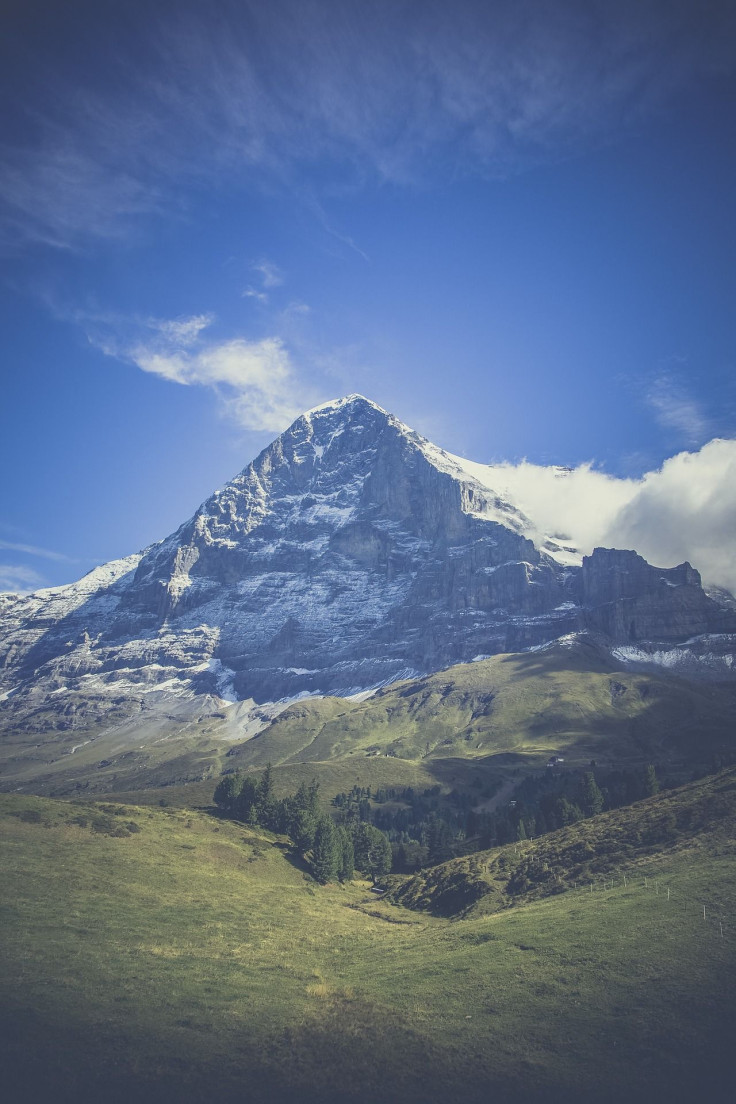Scientists Find 91 More Volcanoes Hidden Under Antarctica Ice
Dozens of volcanoes are lurking underneath the ice of Antarctica, possibly making one part of the frozen continent the biggest volcanic region in the world.
Scientists reported in the Geological Society Special Publications that they have identified 91 new volcanoes below the surface of the West Antarctic Ice Sheet, after using topographical information from radar data to identify cone-shaped features sticking up into the ice. They were searching for peaks made out of basalt, an igneous rock that also makes up the tips of known volcanoes that push through to the surface.
“We propose that these edifices represent subglacial volcanoes,” the authors say, adding that their analysis has created an “inventory of West Antarctica’s subglacial volcanism.”
The 91 new finds were added to another almost 50 volcanoes already known to exist there.
Although the volcanoes cover a wide area, they are “especially concentrated and orientated” in a particular area central to the 2,200-mile-long West Antarctic rift system, a series of rifts in the ice where all of the continent’s most recently active volcanoes are located. It runs from the Ross Ice Shelf, the largest ice shelf on Antarctica, to the Antarctic Peninsula — the tentacle-like arm that reaches up toward the curling, southernmost tip of South America that lies about 650 miles away.

According to the study, the analysis gives a deeper look at an area that is not well understood from a volcanic standpoint, due to the ice cover. It may also help climate scientists who are investigating how Antarctica will change as global temperatures rise.
“Improving our understanding of subglacial volcanic activity across the province is important both for helping to constrain how volcanism and rifting may have influenced ice-sheet growth and decay over previous glacial cycles,” the study says, “and in light of concerns over whether enhanced geothermal heat fluxes and subglacial melting may contribute to instability of the West Antarctic Ice Sheet.”
The University of Edinburgh reported that the biggest of the volcanoes that the scientists have just discovered is as tall as Switzerland’s Eiger, a 13,000-foot mountain in the Alps. The volcanoes get as small as about 325 feet tall.
“The team’s results do not indicate whether the volcanoes are active, but should inform ongoing research into seismic monitoring in the area,” the university said. “Volcanic activity may increase if Antarctica’s ice thins, which is likely in a warming climate.”

Previous research has suggested that historically Antarctica had more volcanic activity during warmer periods.
The volcanic region hiding under West Antarctica might be comparable to that of the volcanic region along the East African Rift System, which is thought to hold the densest distribution of volcanoes on Earth.
“It is fascinating to uncover an extensive range of volcanoes in this relatively unexplored continent,” researcher Robert Bingham said in the statement. “Better understanding of volcanic activity could shed light on their impact on Antarctica’s ice in the past, present and future, and on other rift systems around the world.”

© Copyright IBTimes 2024. All rights reserved.





















